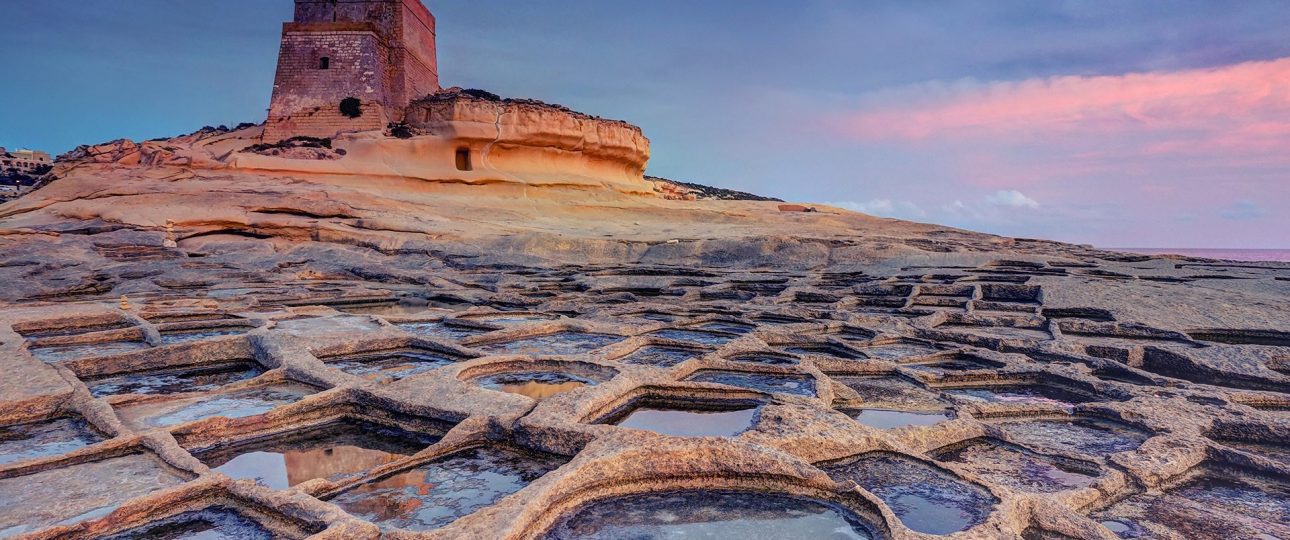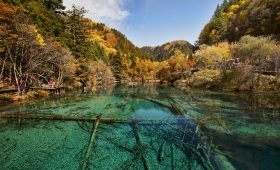Exploring the Salt Pans of Malta
Malta, a small yet historically rich island in the Mediterranean, offers a unique experience at its salt pans. These ancient salt flats, dating back to the Roman era, are a testament to traditional salt production methods that have been preserved over centuries. Visiting the salt pans provides a glimpse into Malta’s past and showcases its natural beauty.
Historical Significance
The salt pans in Malta have been operational since Roman times, making them a significant historical site. The traditional methods of salt extraction have been passed down through generations, offering visitors a chance to witness a process that has remained largely unchanged for centuries. This connection to history is palpable as you walk among the pans, imagining the countless hands that have worked here over the ages.
Natural Beauty and Ecosystem
The visual contrast between the azure Mediterranean Sea and the stark white salt flats is striking. This landscape is not only beautiful but also supports a unique ecosystem. The salt pans are home to diverse wildlife, including various bird species, making it an excellent spot for birdwatching and photography. The serene environment provides a peaceful retreat from the more crowded tourist areas of Malta.
Activities and Exploration
For those who enjoy outdoor activities, the salt pans offer plenty of opportunities. Hiking trails around the area allow for exploration of the stunning vistas. Birdwatchers will find the diverse avian life particularly rewarding. Photographers can capture the dramatic interplay of light and shadow across the salt flats, especially during sunrise and sunset.
Best Time to Visit
Spring and autumn are ideal times to visit the salt pans. During these months, temperatures range from 20°C to 25°C (68°F to 77°F), providing comfortable weather for exploration. These seasons also see fewer tourists, allowing for a more tranquil experience. If you’re interested in witnessing the salt harvesting process, plan your visit between May and September, when the activity is in full swing.
Getting There
Malta International Airport is the nearest airport, with connections to major cities worldwide. From the airport, renting a car is a convenient option, offering flexibility to explore at your own pace. Alternatively, taxis and buses are available, with regular services to nearby towns. From there, a short taxi ride or walk will take you to the salt pans.
Local Transportation
Once at the salt pans, renting a car remains the most flexible option for getting around. Several rental agencies operate at the airport and in nearby towns. If you prefer not to drive, taxis are readily available, though they can be expensive for longer distances. For a more active approach, consider renting a bicycle to enjoy the scenic routes around the area.
Visiting the salt pans in Malta offers a blend of history, natural beauty, and outdoor adventure. While the summer months can be hot and crowded, planning your trip during the cooler, quieter seasons will enhance your experience. Whether you’re drawn by the historical significance, the stunning landscapes, or the chance to engage with nature, the salt pans provide a memorable addition to any Maltese itinerary.




